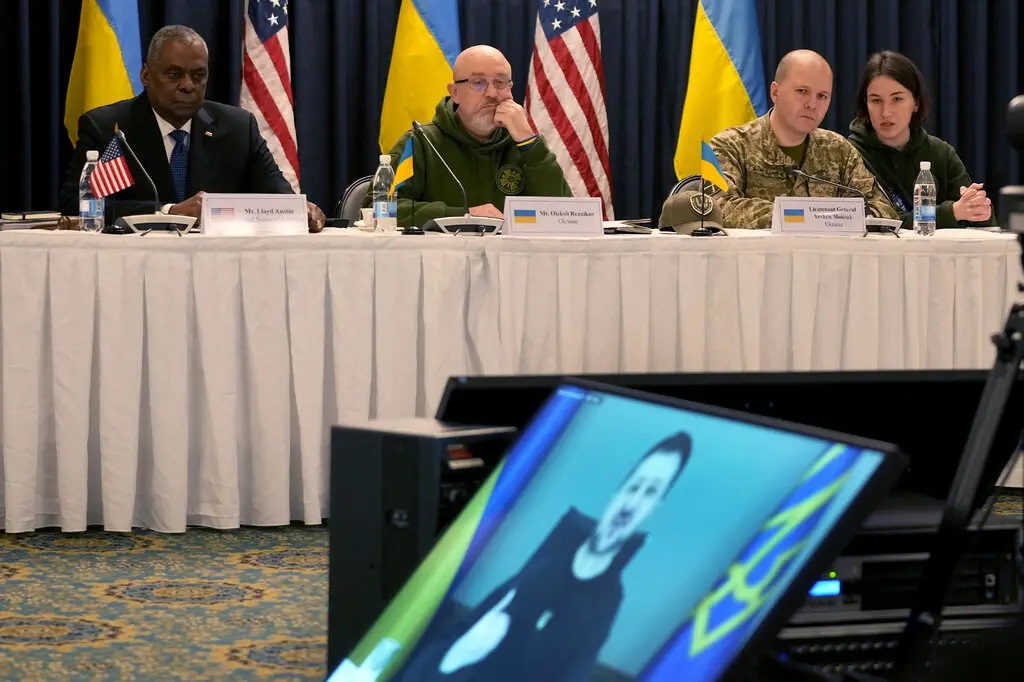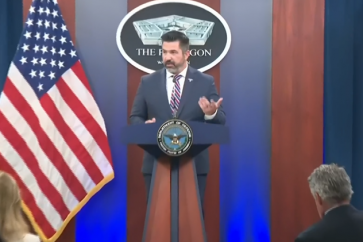Significant fractures between NATO allies are getting too big to hide, the New York Times reported on Friday.
In an article entitled “The NATO Alliance Is Holding Strong on Ukraine. But Fractures Are Emerging,” David E. Sanger and Eric Schmitt wrote that NATO allies differ on strategy for the coming year and the more immediate question of what Ukraine needs ahead of a major offensive in the spring.
“The billions of dollars in new arms for Ukraine announced this month — including British tanks, American fighting vehicles and howitzers from Denmark and Sweden — are testament to President Vladimir V. Putin’s failure to split the NATO allies after nearly a year of war. But small yet significant fractures are getting too big to hide,” the authors wrote.
The paper said that most of those debates take place behind closed doors, but noted that Britain’s impatience with the current pace of aid and Germany’s refusal to provide Leopard 2 tanks to Ukraine broke out into public view this week.
“When the new British foreign secretary, James Cleverly, visited Washington this week, he gathered reporters for lunch and made the case that it is possible for Ukraine to score a “victory” in the war this year if the allies move fast to exploit Russia’s weaknesses. Officials in Poland, the Baltic States and Finland have largely agreed with the British assessment.”
American officials pushed back, saying it is critical to pace the aid, and not flood Ukraine with equipment its troops cannot yet operate, the authors reported, adding that the US officials argue that “in a world of limited resources, it would be wise to keep something in reserve for what the Pentagon believes will likely be a drawn-out conflict, in which Russia will try to wear Ukraine down with relentless barrages and tactics reminiscent of World War I and II.”
The paper also reported that on Friday, at the conclusion of a meeting in Germany of the dozens of nations supplying the war effort, the chairman of the Joint Chiefs of Staff, Gen. Mark A. Milley, repeated the assessment he has offered since the fall.
“For this year it would be very, very difficult to militarily eject the Russian forces,” it quoted the German official as saying.
“Then came the more immediate blowup with the German government of Chancellor Olaf Scholz, over his refusal to send what many military experts believe could be a decisive weapon in Ukrainian hands: the German-built Leopard 2 tanks.”
Secretary of Defense Lloyd J. Austin III spent several days trying to persuade the Germans to ship them, or at least allow Poland and other nations that use the tanks to re-export them, according to NYT.
But by the time the meeting with scores of allies ended, the German defense minister, Boris Pistorius, reported that no agreement had been reached, although he said they would make a decision “as soon as possible.”
“Differences of strategy among wartime allies are the norm, not the exception. In World War II there were major debates about whether to focus on defeating Nazi Germany first, and turn to Japan — which had actually attacked American territory — second. Similar debates happened during the Korean War, Vietnam and the wars in Iraq and Afghanistan. Because the United States was providing the bulk of the fighting force, it usually prevailed,” the authors wrote.
Source: NYT (edited by Al-Manar English Website)




